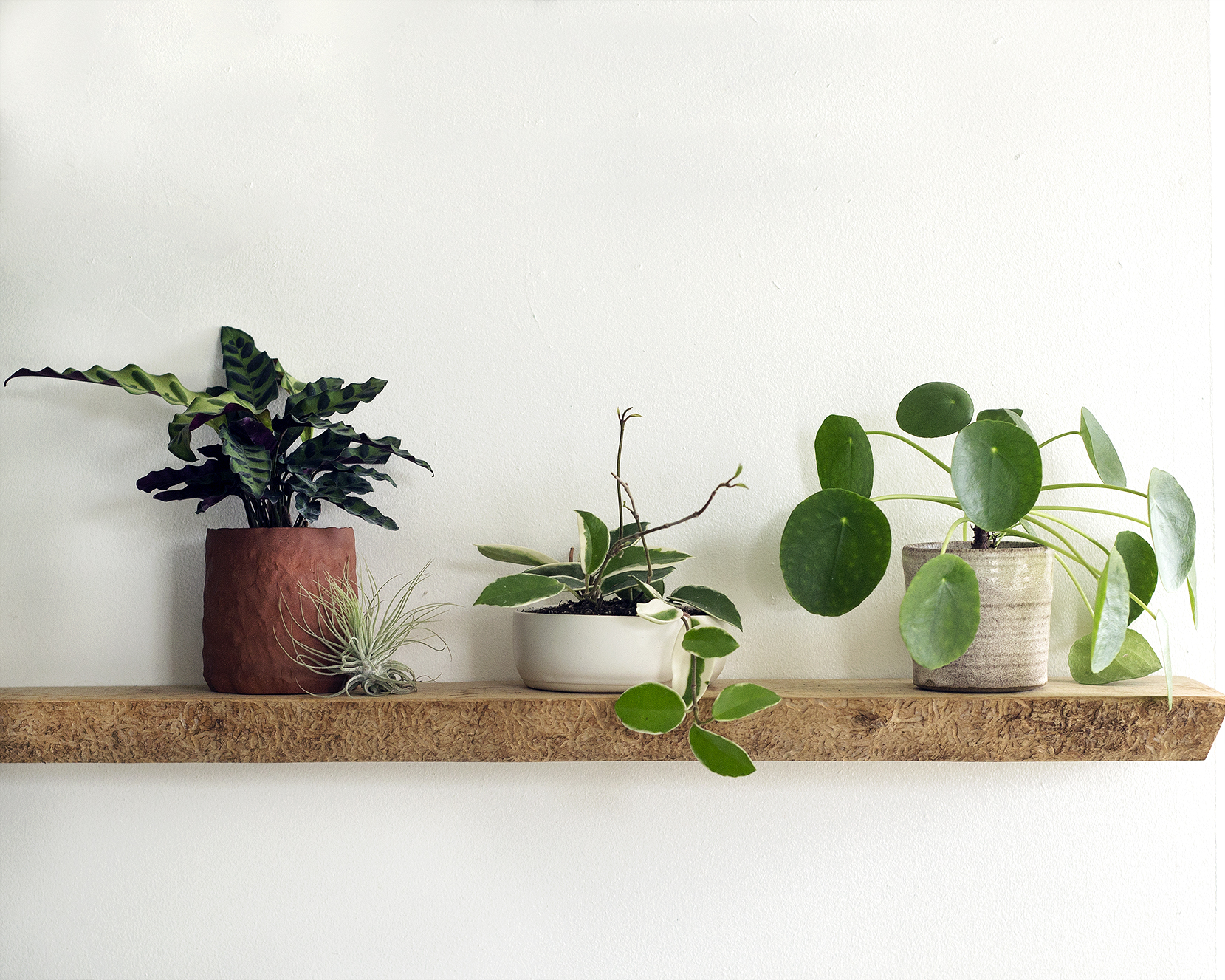What Does "Toxic" Really Mean?
One of the common concerns plant owners often have is whether certain plants are toxic for their pets. Houseplants often get labeled toxic without actually explaining the degree of toxicity, or what toxic really means. While the word “toxic” for us carries a connotation synonymous with “poisonous,” most houseplants are considered “irritants.”
This is to say, while some plants are truly toxic and should be avoided at all costs if you have a curious pet, most plants that are considered toxic only give a mild stomachache, if that, when eaten in large amounts.
Read on to find out which houseplants are completely safe, which ones might irritate your pet (and precautions you can take to make your curious friends less likely to chew), and which ones should be avoided if your pet can't help themselves.
Completely Safe Plants
Some houseplants, no matter how much your pet likes to chew, are completely safe to ingest. Plants such as ferns, peperomias, pileas, air plants, calatheas, spider plants, hoyas, and most succulents are safe for your pet to nibble on.
If your pet is a notorious chewer, some of these plants could be offered up to appease their cravings, while you keep your more prized plants elsewhere out of reach.
An important note on cats and spider plants: while these plants are non-toxic for animals, they are a mild hallucinogen for our feline friends, much like catnip!
non toxic - calathea, tillandsia (airplant), hoya, pilea
Slightly Toxic Plants
Most houseplants are considered slightly toxic to pets. However, this label can be misleading. It would take your pet eating an incredibly large amount to do any harm. All pets are their own individuals, and their curiosity and propensity to eat houseplants will vary from animal to animal.
If your pet is a nibbler, they’ll likely be fine. If you’ve got a full-on chewer on your hands, exercise a bit of caution and monitor them around your plants, making sure they don’t get into too much trouble.
Houseplant favorites such as Pothos, Philodendrons, ZZ plants, Sansevierias, Monsteras, Dracaenas, and Ficus trees are all considered slightly toxic. If your pet is extra curious, there are a few things you can do to discourage your pet from playing with them.
Steer clear from seaweed or kelp-based fertilizers. Pets love the smell from the fertilizer, and this encourages them to dig in the soil and munch on the leaves.
Lightly apply cayenne pepper spray on the leaves of plants your pet is likely to reach. The negative feedback from the taste of the cayenne pepper will make your pets less likely to chew on your plant.
Spray peppermint oil around the soil - it's thought to make pets less likely to play around your plant.
slightly toxic - zz plant, philodendrons, snake plant
Truly Toxic Plants
Some plants are genuinely toxic for pets to ingest, and they should be avoided if your pet is a little more eager than most.
A majority of plants in the Euphorbia family have a white, milky sap in all parts of the plant that is poisonous if ingested.
Sago Palms and Cardboard Palms, belonging to the Cycad family, all contain toxins that can cause severe liver failure in animals if ingested and are best to be outright avoided if you have pets at home. Since education is one of our primary goals, our shopkeepers will be as upfront about these plants as possible to make sure you avoid bringing a potentially dangerous plant home.
toxic - euphorbia
Written by: Egan Thorne
Photos by: Emily Kellett




